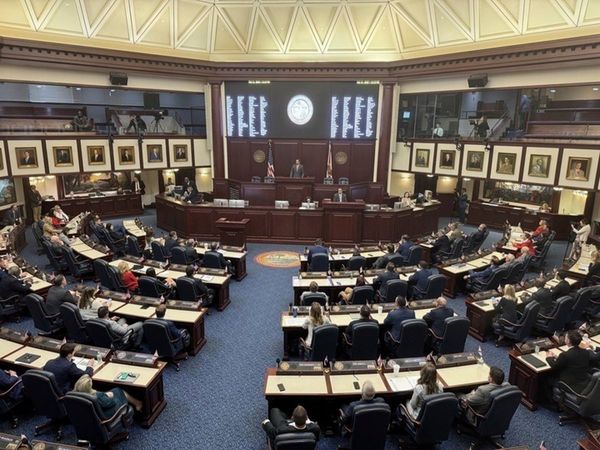
As the Taliban took over Afghanistan in the wake of the US departure, China made it clear to the Islamic group that it saw stability along their short and mountainous shared border as a top priority.
Where is the Afghan-China border?
Afghanistan and China share a 74km (46 mile) border along the remote Wakhan Corridor, a narrow, inhospitable and barely accessible strip of land, extending about 350km from the far northeastern Afghan province of Badakhshan to China’s mainly Muslim region of Xinjiang.
The passage, a transnational trade route for centuries under the ancient Silk Road, was used as a buffer in the late 19th century between the eastern end of the Russian empire (present-day Tajikistan) and the western reaches of the British Empire (present-day Pakistan).
That leaves the isolated Afghan strip bound on three sides by China, Tajikistan and Pakistan.
What is it like?
The Wakhan region is known for being inaccessible for most of the year due to its high altitude, extreme weather and lack of roads. It is located in the remote Afghan province of Badakhshan, where three of the world’s major mountain ranges – the Hindu Kush, the Karakoram and the Pamirs – meet to form what is known as the Pamir Knot.
The only access point at the border is at the southeastern end of the corridor, known as the Wakhjir Pass, which sits at nearly 5,000 metres (16,400 feet) above sea level. There is no road on the Afghan side of the pass.
The rest of the border is an inhospitable mountain range.
What does the Wakhan Corridor mean for China?
Beijing has repeatedly voiced security concerns about unrest in neighbouring Afghanistan, over fears that Uygur militancy could be bred across the border in Afghanistan and brought into Xinjiang.
Beijing blames the East Turkestan Islamic Movement (ETIM) – a separatist group founded by militant Uygurs – for a spate of violent attacks in Xinjiang in the last decade, including deadly car bombings in 2014 and fatal attacks elsewhere in the country, including Beijing. As the Taliban traditionally have a close relationship with the ETIM, China has been particularly worried about regional spillovers.
According to a UN Security Council report published in May 2020, ETIM had around 500 fighters in northern Afghanistan, mostly located in Badakhshan province – next door to Xinjiang via the Wakhan Corridor.
For China, America’s messy Afghanistan exit is more than a laughing matter
When Chinese Foreign Minister Wang Yi met Taliban representatives in Tianjin in late July, Wang had specifically asked the Taliban to make a “clean break” with the ETIM. The Taliban pledged that they would “never allow any force” to engage in acts detrimental to neighbouring countries.
At the time, the Taliban already had most of Badakhshan under its control, though it had yet to take over Kabul, the Afghan capital.
Chinese activities near Wakhan
Sources close to the Chinese military told the South China Morning Post in 2018 that China had funded and started building a training camp for Afghan troops in the Wakhan Corridor.
The Chinese embassy in Afghanistan told the Post that “there will be no Chinese military personnel of any kind on Afghan soil at any time”. But China’s defence ministry has said Beijing provided aid and support to its neighbour as part of security cooperation efforts, including counterterrorism operations.
China announced US$70 million in military aid to Afghanistan in March 2016.
In addition to supporting military capacity in Afghanistan, China is also reported to have built military outposts in Tajikistan near its border with Afghanistan. Beijing denies this.
China starts anti-terror drill with Tajikistan amid Afghan spillover worries
However, China also has economic interests in stability at its Afghan border, as it attempts to grow its regional influence with the Belt and Road Initiative – its multibillion-dollar, multi-nation infrastructure and investment project.
There have been plans to develop more passes near Wakhan in the China-Pakistan Economic Corridor (CPEC), a flagship project under the belt and road banner, to connect Pakistan to Central Asia.
One potential passageway would sit at the tip of the Wakhan Corridor alongside the Pakistani province of Gilgit-Baltistan, which borders Afghanistan to the north, China to the northeast, and Pakistan-administered Kashmir to the south, where Pakistan has sovereignty disputes with India.
Ultimately, the aim is for the CPEC to have infrastructure connecting the landlocked central Asian countries all the way to Pakistan’s Gwadar Port, on the Arabian Sea.







